The story of India’s top five richest villages is not merely about collective net worth. It’s a study in how global connectivity, local enterprise, and community participation can transform traditional life into a model of rural success. Think of a “typical” Indian village and the picture that often comes to mind is one of deprivation—mud huts, open fields, cattle grazing. That is not so anymore. Villages like Madhapar in the Kutch district of Gujarat—often cited as the world’s richest village, where almost every resident is a lakhpati or crorepati with deposits worth crores—defy the stereotype. Yes, you read that right. The notion of a village has evolved sharply. From Madhapar and Dharmaj in Gujarat to Hiware Bazar in Maharashtra and Kumbanad in Kerala, several communities have emerged as beacons of prosperity. They defy every rural cliché and stand as economic success stories in their own right.
1) Madhapar (Kutch, Gujarat): “the richest village in the world”
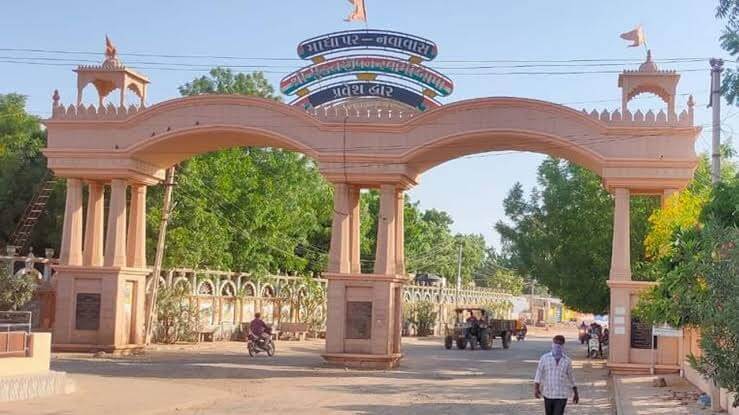
If you’ve ever heard about the “world’s richest village,” odds are it was Madhapar. With around 7,600 households, Madhapar is widely regarded as one of the richest villages anywhere. Nearly every household here is said to be a lakhpati or crorepati, with more than ₹7,000 crore in fixed deposits—roughly ₹15 lakh per household.
How it happened: Approximately 65% of Madhapar’s people have roots abroad. Members of the Patel community migrated decades ago to the UK, USA, Canada, Africa, and the Gulf, yet maintained strong financial, social, and emotional ties with their ancestral village. These NRIs—around 1,200 families—send earnings home regularly. The result: schools, hospitals, parks, and infrastructure that outclass many urban localities.
Caveat: Madhapar is not just a tale of money, and the deposits aren’t solely the outcome of local per-capita production. NRI remittances are the bedrock of its financial profile. The lesson is powerful: prosperity need not mean severing roots. It can come from bridging two worlds—earning globally, investing locally—and creating sustainable wealth for the next generation.
2) Dharmaj (Anand, Gujarat): the NRI “investors’ village”
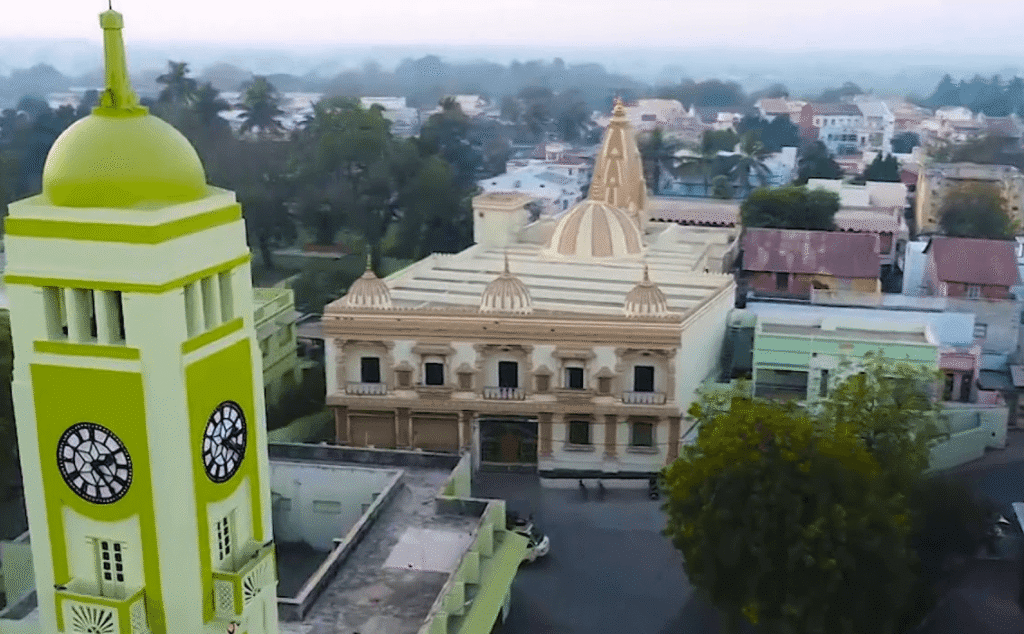
Dharmaj, a modest village in Anand district about 70 km from Ahmedabad, ranks among India’s richest primarily due to a far-flung NRI network that still invests generously in its birthplace. An estimated 1,700 families from Dharmaj live in Britain, 800 in America, 300 in Canada, and 150 in Australia and New Zealand, besides other regions.
Regular contributions and community projects funded by these NRIs have made Dharmaj a model of tradition blended with modernity. Luxury cars—BMWs, Audis, Mercedes—are a common sight in this 17-hectare village of 11,333 people. Its banking footprint is striking: branches of 11 nationalized, private, and cooperative banks hold deposits exceeding ₹1,000 crore, making Dharmaj a true “investors’ village” and a banking hub.
How it happened: Dharmaj’s progress is measured less by flashy balance sheets and more by quality of life, education, and social harmony. The village openly embraces the identity of an “NRI village.” Community buildings—schools, hospitals, old-age homes—have been built with diaspora support, reflecting pride in giving back.
Caveat: Dharmaj’s prosperity doesn’t primarily come from agriculture or local industry. Even so, its affluence is real and durable. It proves that small villages can dream big—and deliver—when their people remember where they came from.
3) Hiware Bazar (Ahmednagar, Maharashtra): from drought to self-sufficiency
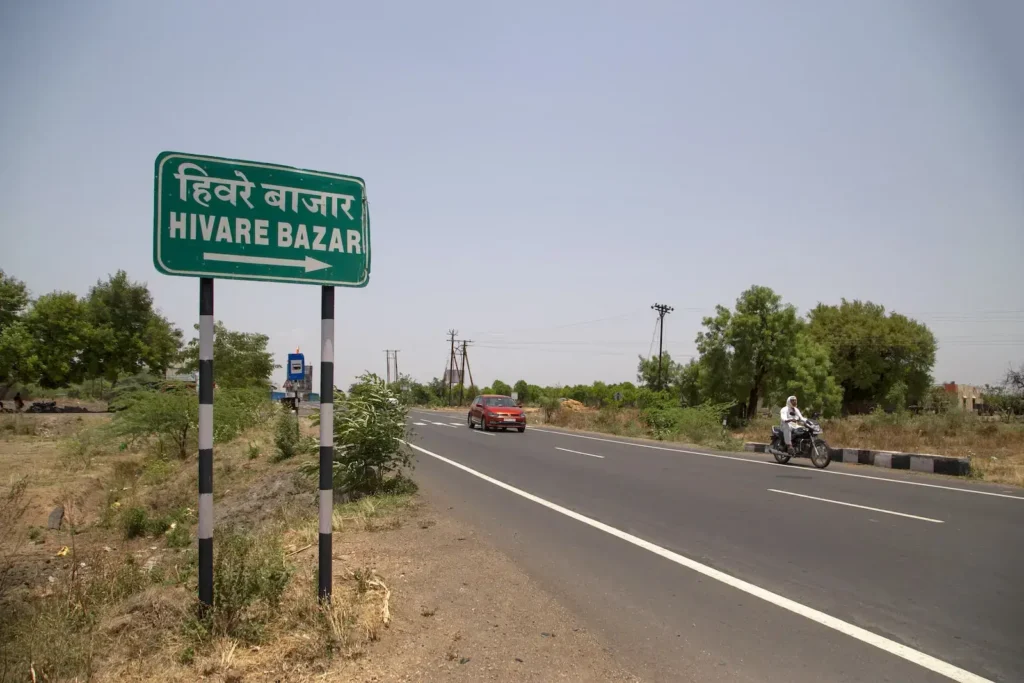
Unlike Madhapar and Dharmaj, which grew rich on foreign remittances, Hiware Bazar in Ahmednagar is a story of water, work, and will. Once drought-hit, the village saw mass exodus after the severe 1972 drought. Today, it has one of the highest rural per-capita incomes in India and dozens of “millionaire households.”
How it happened: The turnaround began in 1989 when Popatrao Baguji Pawar became sarpanch and launched a deep, sustained water-management push: rainwater harvesting, check dams, percolation tanks, contour trenches, drip irrigation, and crop shifts toward less water-intensive options. Groundwater revived; agriculture followed. By 2010, average incomes had risen twenty-fold; around 50 villagers had become millionaires (in rupees), and only three families remained below the poverty line. The village was declared an “Ideal Village” by Maharashtra and won the Government of India’s National Water Award in 2007.
Caveat: Hiware Bazar is a celebrated case study in community participation, good governance, and sustainable environmental practice—but it isn’t a one-size-fits-all template. Terrain, rainfall, social cohesion, and leadership all matter. The model offers vital lessons in water stewardship and participatory governance, yet each village must tailor solutions to its own context.
4) Kumbanad (Pathanamthitta, Kerala): the remittance-powered banking hub
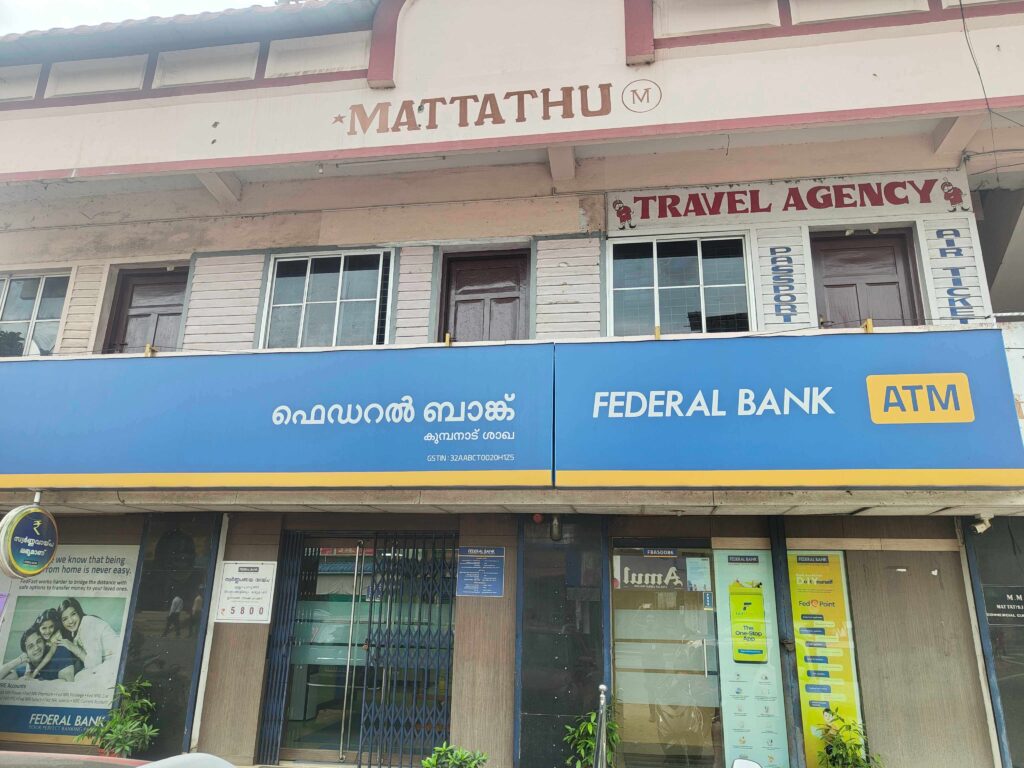
Kumbanad, in Kerala’s Pathanamthitta district, is a prominent banking and commercial center—and one of India’s richest villages—thanks largely to its diaspora. In many homes, at least one member works abroad, particularly in the Middle East or the United States, sending money back and fueling local growth. The outcome is visible: Kumbanad has one of the highest densities of banks and ATMs in the country.
How it happened: Foreign remittances—together running into thousands of crores of rupees—are a primary income source in the Kumbanad-Kozhencheri belt. This inflow underwrites consumption, real estate, healthcare, and education. Money builds large homes, funds schooling, and bolsters savings—often in cooperative and scheduled banks. Private schools, clinics, and service businesses have grown to serve the elderly population that stays back and the seasonal returnees who arrive with purchasing power.
Caveat: Roughly 15% of homes are locked as families migrate, leaving an ageing population behind. Streets can be quiet, with well-kept but empty houses. Demographic shrinkage brings labor shortages in farming and local businesses, and social challenges like elder neglect and financial exploitation. The central task is to manage this demographic shift—sustaining community cohesion, economic vitality, and elder care even as youth move away.
5) Karamsad (Anand, Gujarat): agrarian strength with diaspora lift
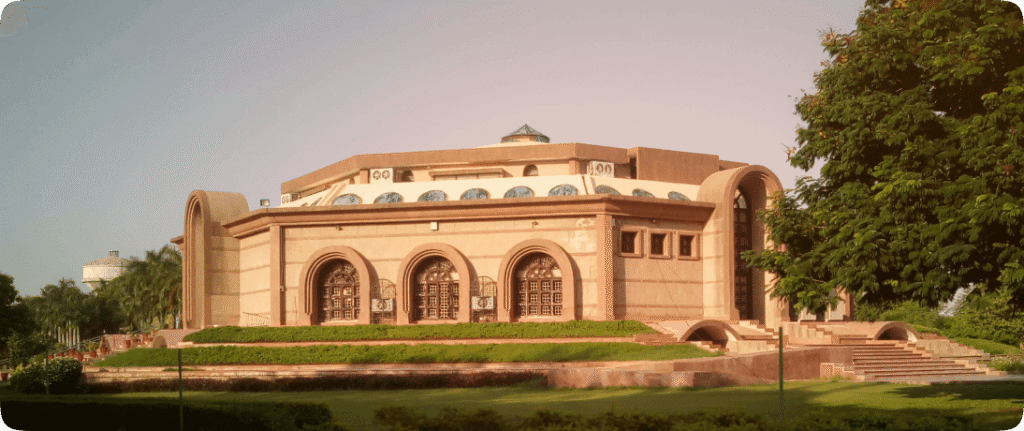
Karamsad in Anand district—best known as the native place of Sardar Vallabhbhai Patel—is among India’s most prosperous villages. Founded and shaped by skilled agriculturalists from the Patel community, it built a strong agrarian economy through improved techniques and prudent land management. The Patidars consolidated holdings and invested in irrigation and communal infrastructure—temples, water reservoirs—boosting productivity. Diaspora remittances further fueled investment and bank growth. Proximity to Anand’s powerful dairy economy—home to Amul and the Gujarat Co-operative Milk Marketing Federation (GCMMF)—added an indirect lift.
How it happened: Karamsad’s wealth rests on advanced farming practices, strategic land consolidation, effective leadership, and steady remittances. The nearby dairy industry amplified opportunities. Together, these forces created a virtuous cycle of savings, investment, and growth.
Caveat: Prosperity here, as elsewhere, isn’t perfectly uniform. Higher property prices and literacy don’t automatically translate into equal incomes across households. Any conversation about Karamsad’s affluence should acknowledge pockets of inequality and the limits of diffusion.
Conclusion
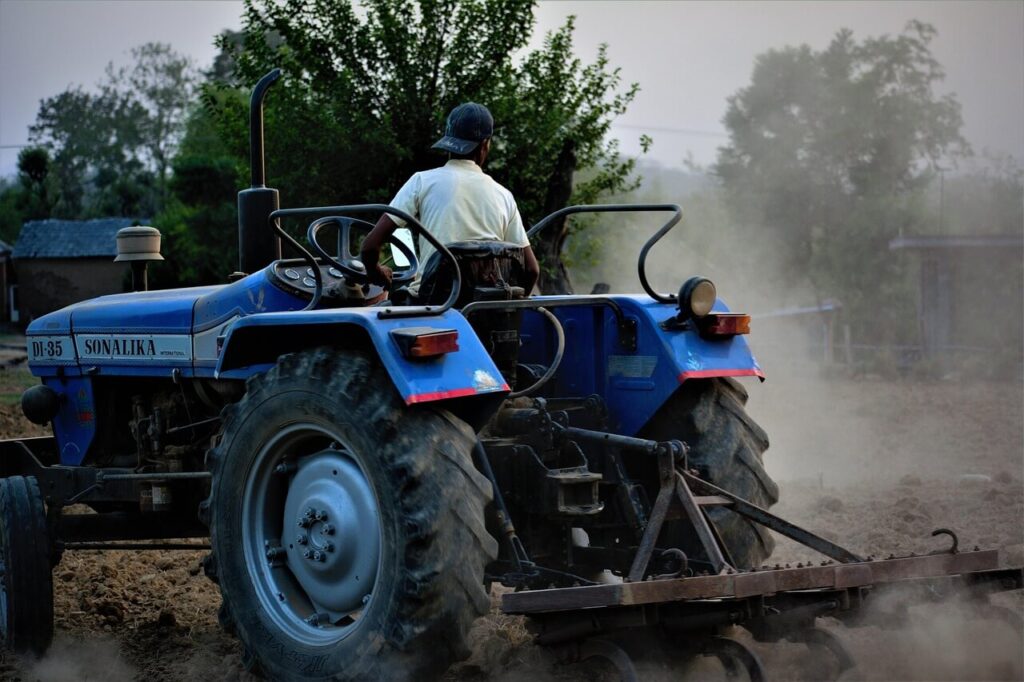
What binds India’s richest villages is a durable mix of social capital and smart economics. Strong community cohesion and local leadership foster collective progress. Significant diaspora remittances finance infrastructure, social services, and private investment. Agricultural innovation and land consolidation lift productivity. Cultural pride and legacy traditions attract philanthropy and reinforce a “give back” ethos. Finally, ties to wider regional economies—trade corridors, industrial hubs, cooperative networks—extend opportunity beyond village borders. Together, these factors produce resilient rural economies, modern amenities, and high living standards—proof that prosperity in India is no longer the monopoly of cities.

